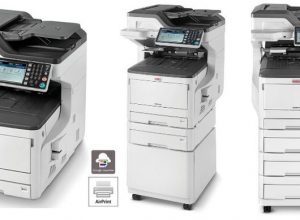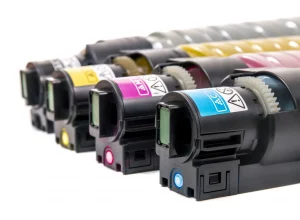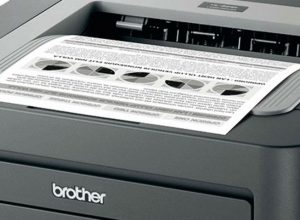Contents
The challenges of four-color printing and how to overcome them
Four-color printing, also known as CMYK (Cyan, Magenta, Yellow, Black) printing, is a commonly used method of producing color images. Although this technique is widely used in the printing industry, it presents a number of technical and aesthetic challenges. This text looks at the main challenges encountered in the four-color printing process, and proposes solutions to overcome them.
Key challenges of four-color printing
When printing in four-color process, a number of problems can arise. Here are the most common challenges:
Color management
Color matching is a major challenge in four-color printing. Colors that appear on a computer screen can look very different when printed. This is due to differences in color models (RGB vs. CMYK) and variations between printing equipment.
Calibration of printing presses
Calibration of printing machines is essential to ensure accurate, consistent printing. However, frequent adjustments may be necessary, and poor calibration can lead to uneven results.
Image resolution
Image resolution plays a crucial role in print quality. Insufficient resolution can result in blurred or pixelated images, while too high a resolution can affect print speed and lead to additional costs.
Overlapping colors
In the printing process, colors can overlap. Poorly managed color overlapping can lead to muddy colors or poor print quality.
Cost of materials
High-quality inks and paper are often essential to achieve the best results. However, these materials can represent a substantial cost, increasing the overall budget of the printing project.
Solutions to the challenges of four-color printing
To overcome the challenges of four-color printing, several approaches can be taken:
Using colorimetric profiles
ICC (International Color Consortium) profiles can help harmonize colors between digital devices and printers. This creates a precise color match and ensures that printed images resemble those displayed on screen.
Regular calibration of equipment
Regular calibration of presses and other printing equipment is crucial. This involves the use of color-measuring tools to ensure that inks are applied consistently, thus achieving stable print quality.
Image resolution optimization
For optimum results, an image resolution of 300 DPI (dots per inch) is recommended for high-quality prints. Image processing software can also be used to adjust resolution without compromising quality.
Color application control
Controlling color overlays is essential. The use of prepress software can help simulate color printing to avoid unwanted mixing of hues. This ensures that colors appear vivid and distinct.
Careful choice of materials
Investing in quality inks and papers can reduce printing problems. Although it may seem expensive at first glance, it can actually reduce overall costs by avoiding reprints due to poor quality.
Conclusion
The challenges of four-color printing are varied and complex. But with a thorough understanding of the possible problems and the appropriate solutions, it’s possible to optimize the printing process for high-quality results. By paying close attention to color management, machine calibration, image resolution and choice of materials, print professionals can overcome these obstacles and deliver finished products that meet the highest expectations.






